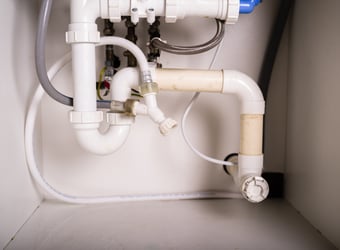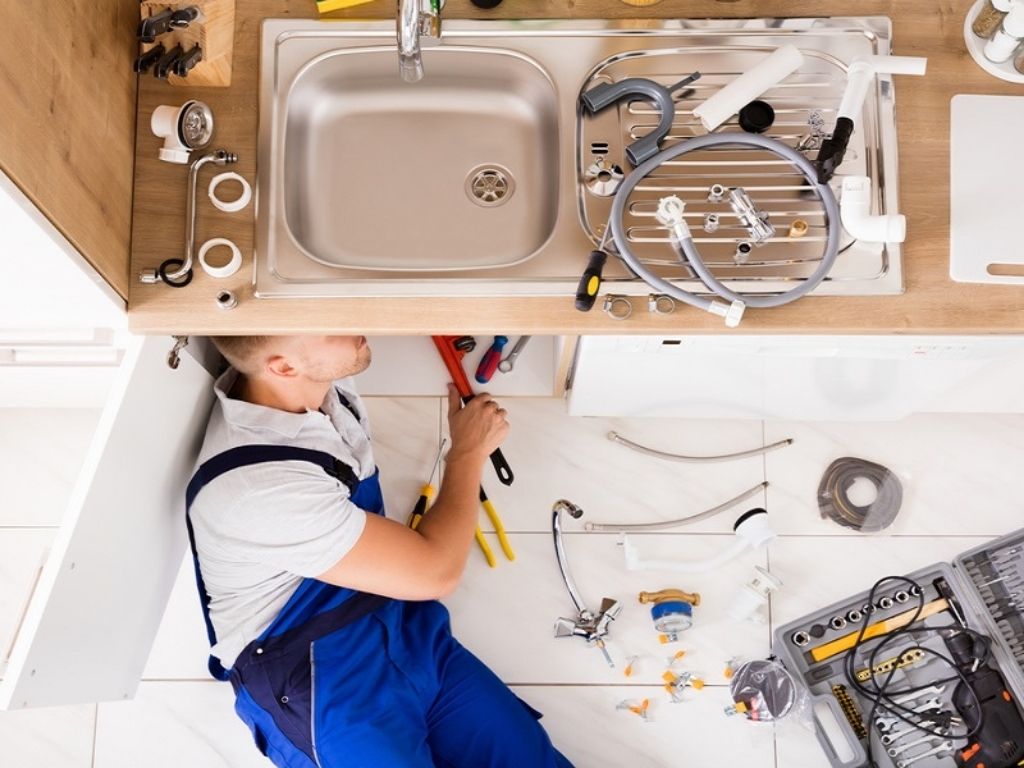They are making a few good annotation related to Plumbing Maintenance Guide for Tenants in general in this great article down the page.

Handling pipes problems in rental residential properties efficiently is important for keeping occupant satisfaction and maintaining the home's value. Whether you're a landlord or a home manager, knowing how to address these usual troubles can conserve you money and time while guaranteeing compliance with legal responsibilities. Here's a detailed guide on just how to manage plumbing issues in rental buildings.
File Every little thing
Maintain comprehensive documents of all reported pipes concerns and the activities taken to solve them. Paperwork should consist of days, descriptions of the trouble, interaction with renters, and receipts from contractors or plumbing technicians. This information can be crucial for insurance coverage claims, tax reductions, and lawful protection.
Usage Qualified Professionals
Constantly use licensed and insured specialists for considerable pipes repair services and installations. This makes certain that the work depends on code and can assist avoid obligation concerns in case of mishaps or more damage. It also guarantees renters that fixings are being dealt with professionally.
Develop Clear Communication
Motivate renters to report any kind of plumbing problems as soon as they happen. Provide several communication channels such as phone, email, or an occupant site to make it simple for them to reach out. Motivate reactions to these records can avoid small issues from escalating into significant problems.
Inform Tenants
Inform your tenants regarding what comprises a plumbing emergency and what does not. Give guidelines on exactly how to take care of minor problems themselves, such as utilizing a bettor to unclog a commode. Also, notify them about what they must stay clear of putting down drains pipes to stop clogs, such as oil, coffee grounds, and non-biodegradable items.
Normal Upkeep
Carry out a routine upkeep routine for all plumbing systems in your service homes. Routine checks can help determine and deal with concerns like leaks, slow-moving drains, or rusty pipes prior to they become severe. Consider working with a professional plumbing professional to examine the buildings yearly or semi-annually.
Quick Feedback to Emergencies
Have a strategy in position for reacting to pipes emergencies. This should consist of having the contact info of trusted plumbing solutions that supply 24/7 emergency repair services. Quick activity is necessary to lessen damages in situations like burst pipelines or extreme leaks.
Preventive Upgrades
Think about updating older pipes systems and fixtures to a lot more modern, effective designs. This can lower the frequency and seriousness of pipes concerns and lower long-term maintenance expenses. It's likewise a marketing factor for potential renters who value upgrades and contemporary attributes.
Lessee Move-Out Inspections
Conduct comprehensive plumbing checks during move-out assessments to ensure that any type of problems are determined and attended to prior to a brand-new lessee relocate. This prevents disputes with new tenants over pre-existing conditions and guarantees the home remains in leading problem.
Understand Lawful Obligations
Understand your lawful obligations relating to plumbing and basic residential property upkeep. The majority of territories call for proprietors to guarantee their properties are habitable and that all plumbing systems remain in good working order. Failing to resolve severe problems quickly can result in legal actions from tenants.
Lessee Repayments
If a pipes problem needs instant focus and the lessee settles the issue on their own, have a clear policy in position for reimbursing prices. Make sure renters know they should get prior approval for higher-cost fixings unless it's an outright emergency.
Conclusion
Taking care of pipes issues in rental properties calls for a positive technique and good interaction with renters. By staying on top of upkeep, responding quickly to emergencies, and making use of competent professionals, proprietors can maintain their buildings in superb condition and keep great partnerships with occupants.
How to Handle Water Damage in a Rental Property
What is Water Damage?
Water damage is harm or destruction caused by water entering areas where it is not supposed to be. It can be caused by a variety of sources and can manifest in different ways. The most common examples of water damage include:
Leaking roof Plumbing leaks Appliance malfunctions Poor drainage Flooding Sewage backup Condensation Tenant negligence HVAC system issues Frozen pipes Is water damage dangerous?
Water damage itself is not inherently dangerous, but it can lead to various hazards and health risks if not promptly and properly addressed. The severity of these risks depends on the extent of the water damage, the source of the water, and how quickly it is mitigated.
Some potential dangers associated with water damage include structural damage, mold and bacterial growth, electrical hazards, water contamination, and pest infestations. In situations where mold and mildew have gone unaddressed, mold can start to develop within 24-48 hours of water exposure, and this can impose a serious health risk to tenants. In particular, mold spores and damp conditions can lead to respiratory issues and even make existing health problems worse, such as allergies, asthma, or immune disorders.
Water Damage in an Apartment - Who is Responsible?
If the water damage is caused by the tenant’s negligence, the tenant is responsible for the cost of repairs. If the water damage is caused by a defect in the property, the landlord is responsible for the cost of repairs. If the water damage is a result of natural causes, such as excessive rain, then the landlord is responsible, since the water intrusion likely occurred due to a defect in the property. Landlord Responsibility water damage in rental property
Since maintaining habitability is the landlord’s legal responsibility, landlords are responsible for any resulting structural damage caused by water damage. These structural damages may include damage to walls, roofs, ceilings, and flooring. If water damage has affected the rental property’s original structure, the landlord is responsible for repairing or replacing those materials. Therefore, landlords should have property insurance that covers the structural components of their rental property so that they can receive help with the costs of covered events.
Preventative measures can also help landlords avoid massive renovations. Preventative maintenance may include conducting regular inspections to identify and address potential water damage before it becomes a major and urgent problem.
If a landlord fails to meet their responsibilities regarding water damage, it can lead to legal disputes and potential liability. Tenants who believe their landlord is not addressing water damage issues in accordance with California law can seek legal advice or contact local housing authorities for assistance.
https://www.goodlifemgmt.com/blog/water-damage-in-a-rental-property/

Do you appreciate reading up on ? Post a short review directly below. We would be delighted to listen to your feelings about this write-up. In hopes that you come back again in the future. Enjoyed our post? Please share it. Help another person check it out. Many thanks for taking the time to read it.